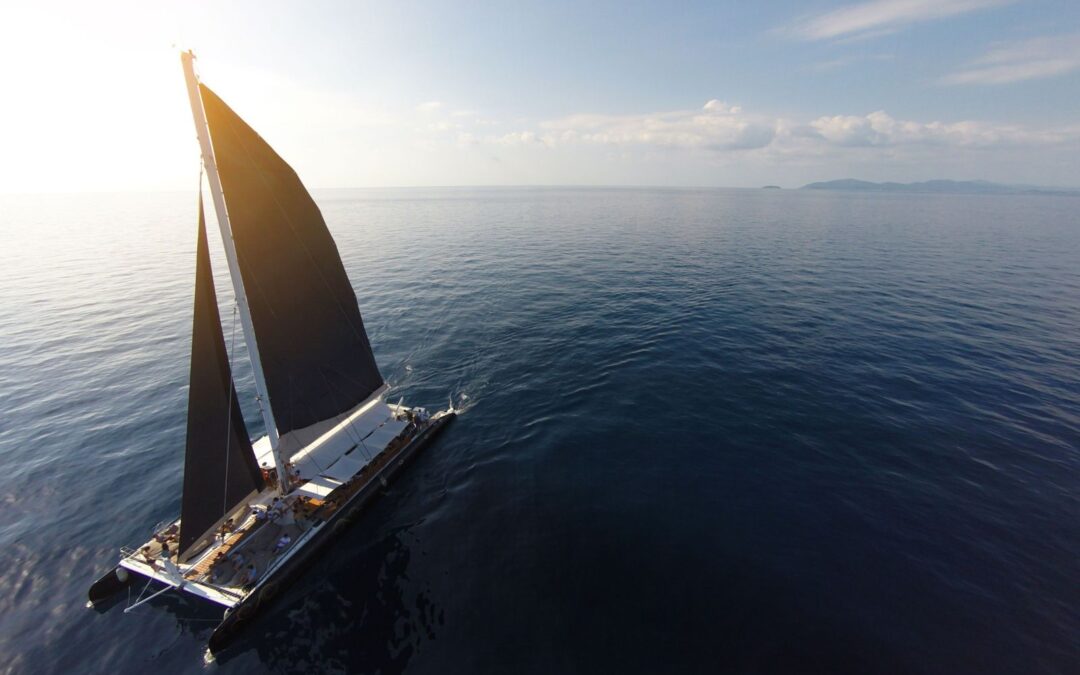Creating harmony between aesthetic and functional
The interior of a superyacht is where the owner and their guests will spend most of their time. Its design influences the whole atmosphere of a vessel, and therefore the happiness of those on board. Because of this, opulence is commonplace, with rare artwork and bespoke furnishings forming a large portion of the decoration costs. But though extreme luxury is the goal, the sea-based nature of a yacht means that there are certain practical measures that must be met.
Want to hear more from Superyacht Technology News? Subscribe to our magazine free!



